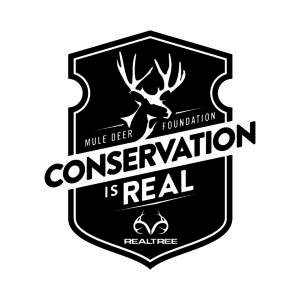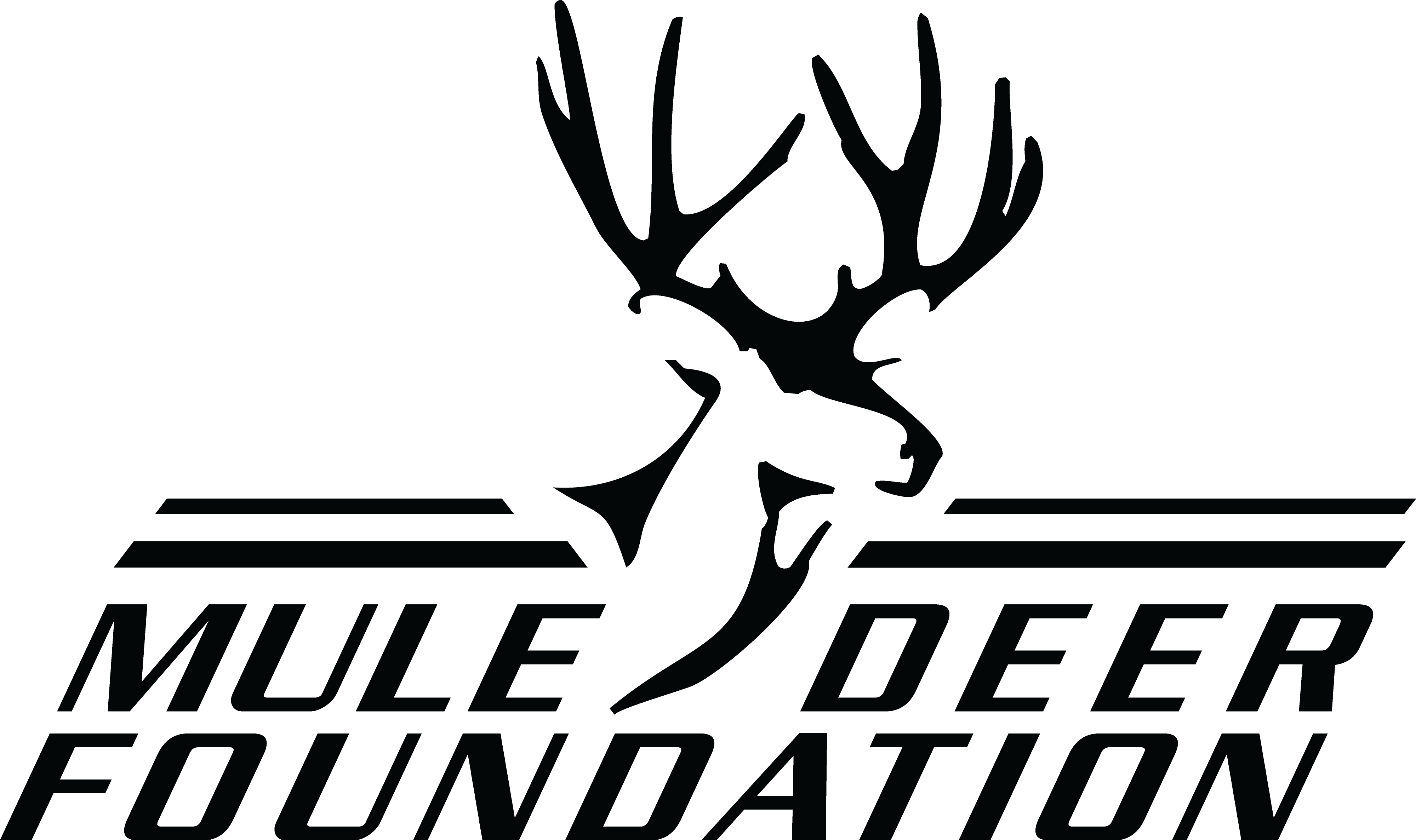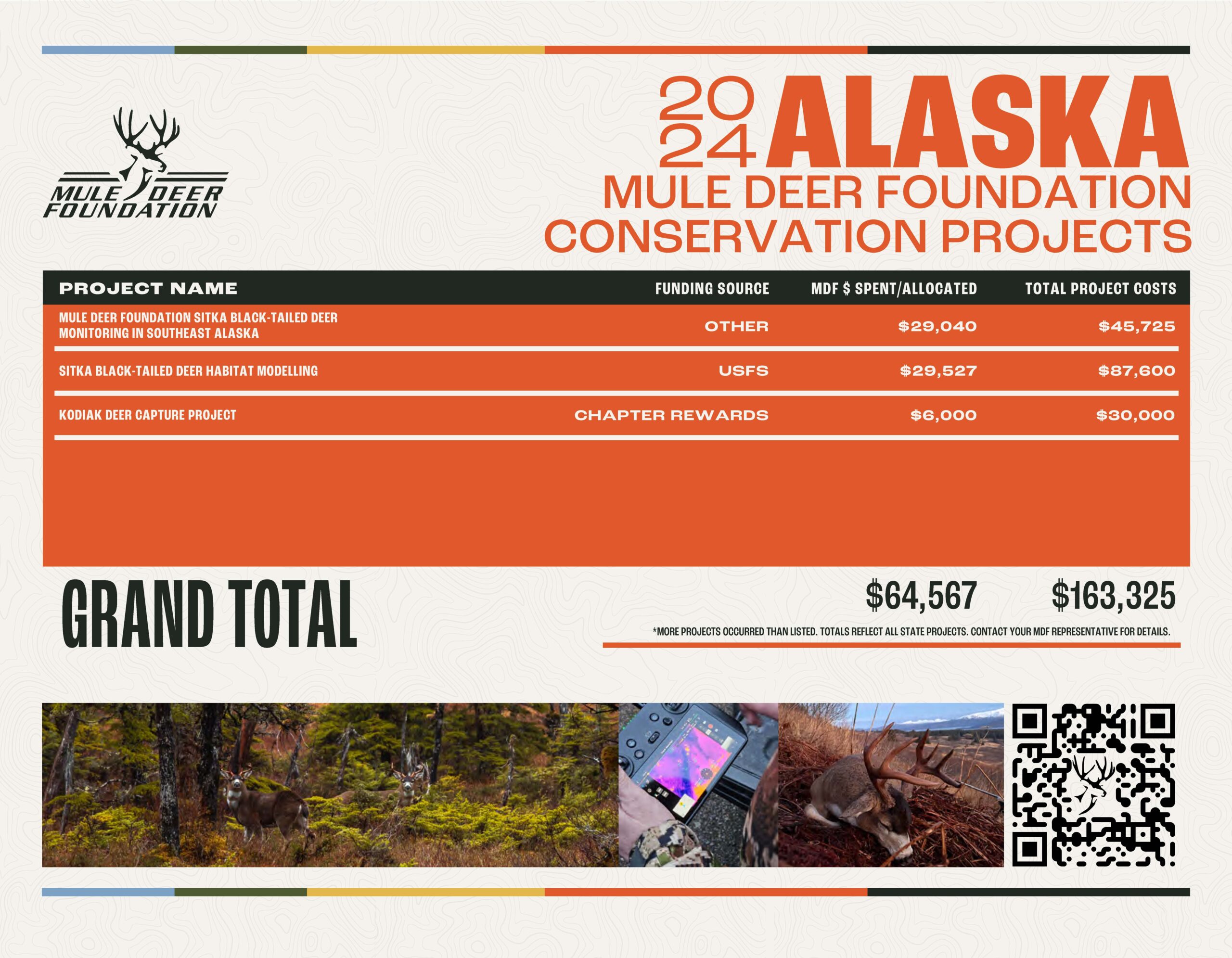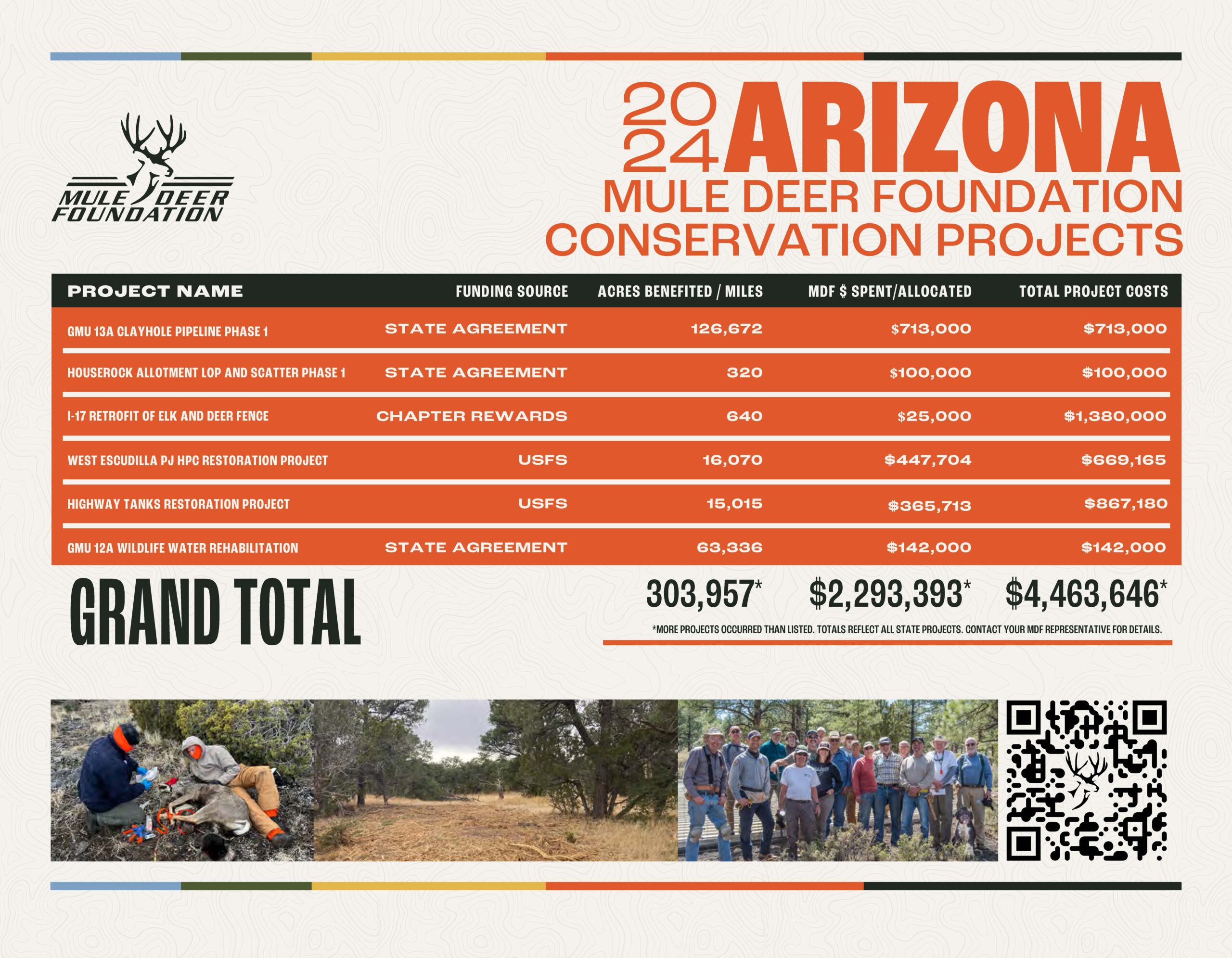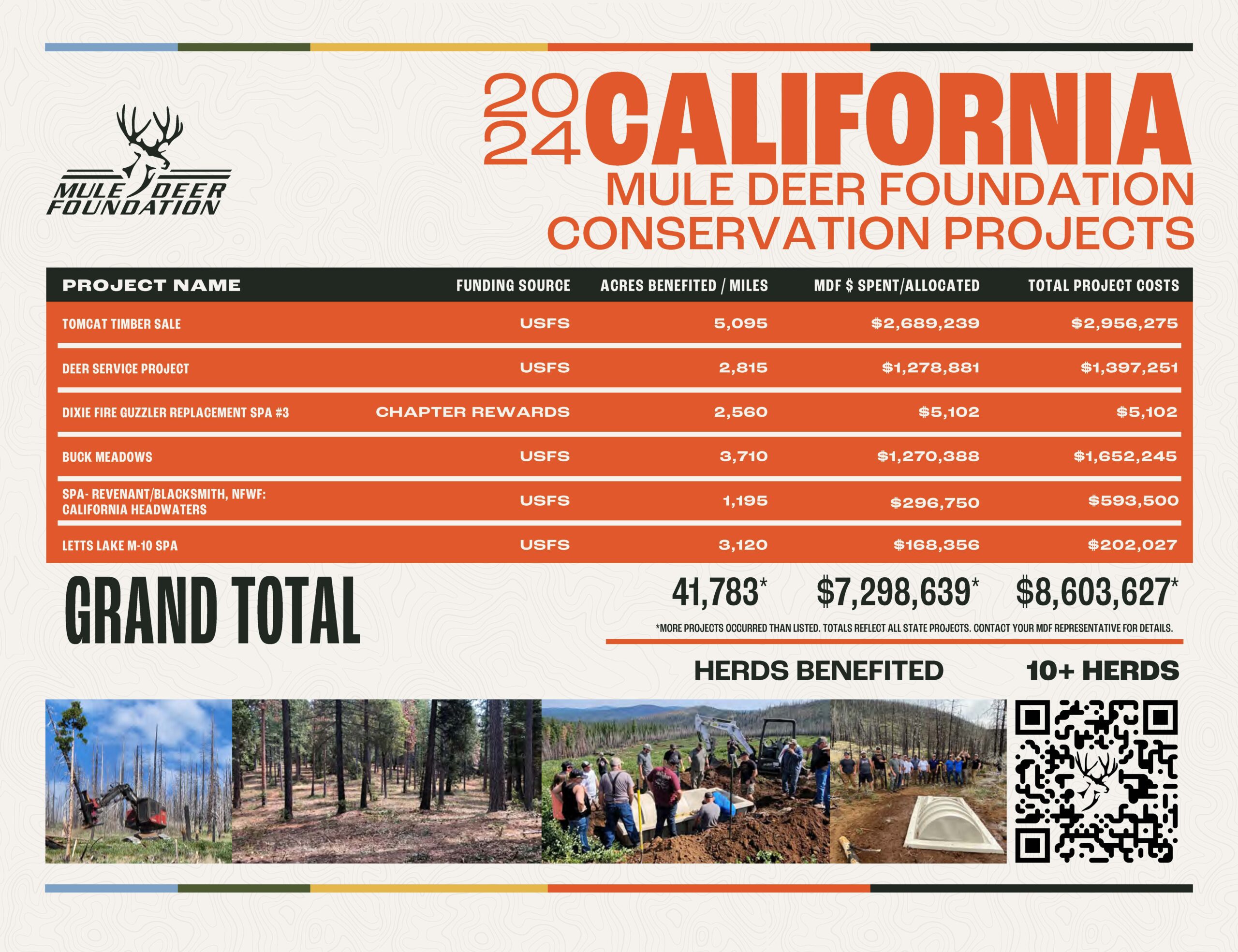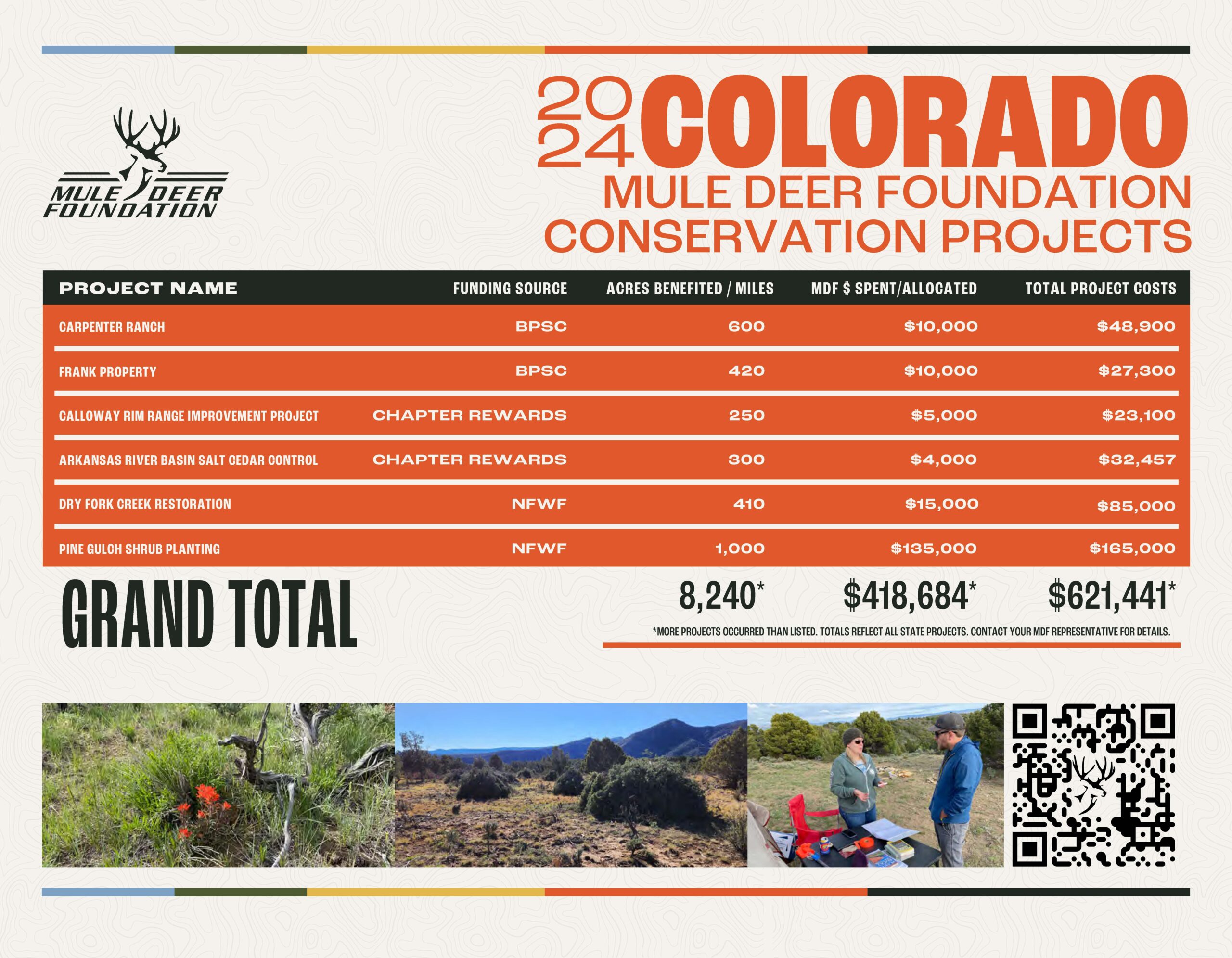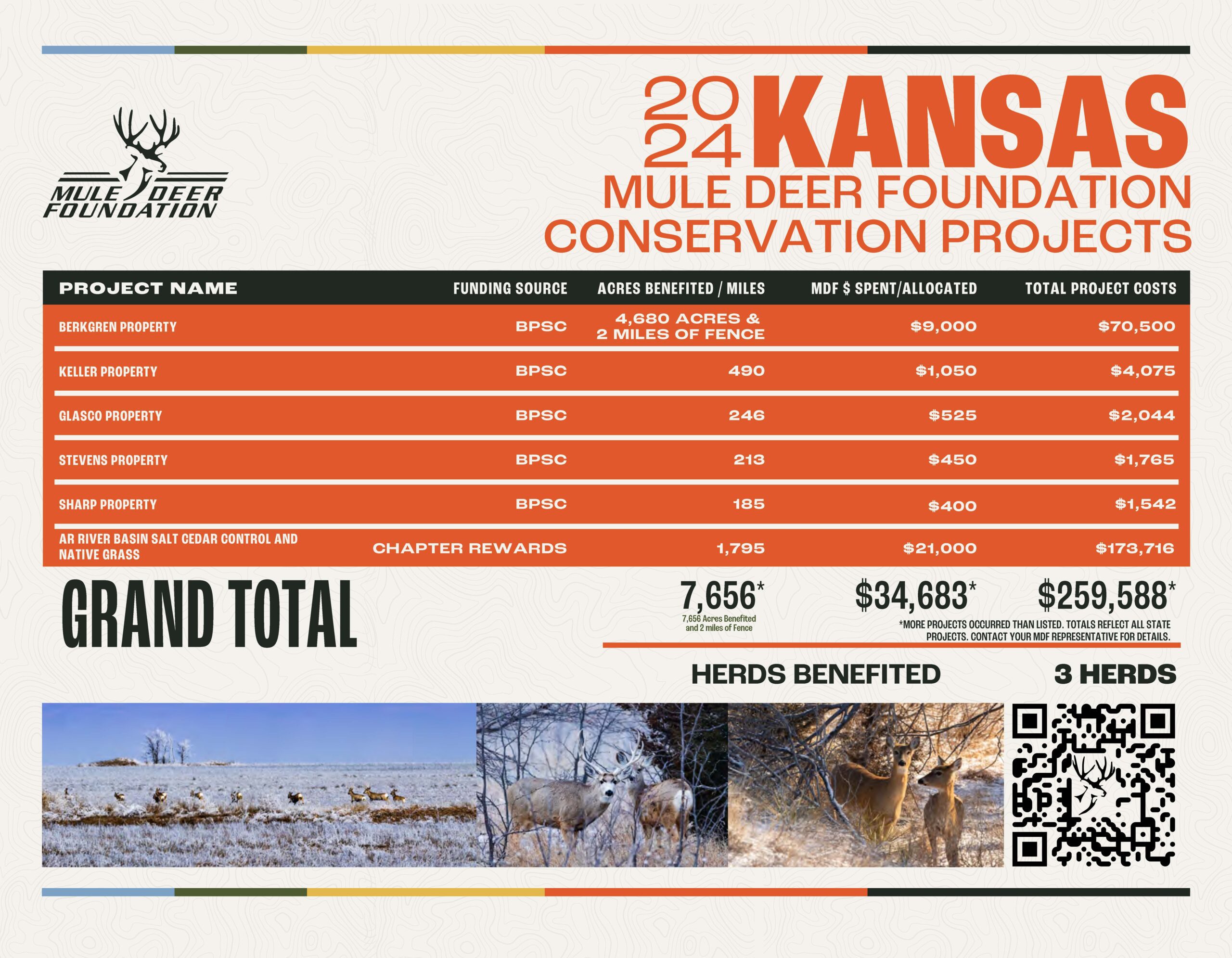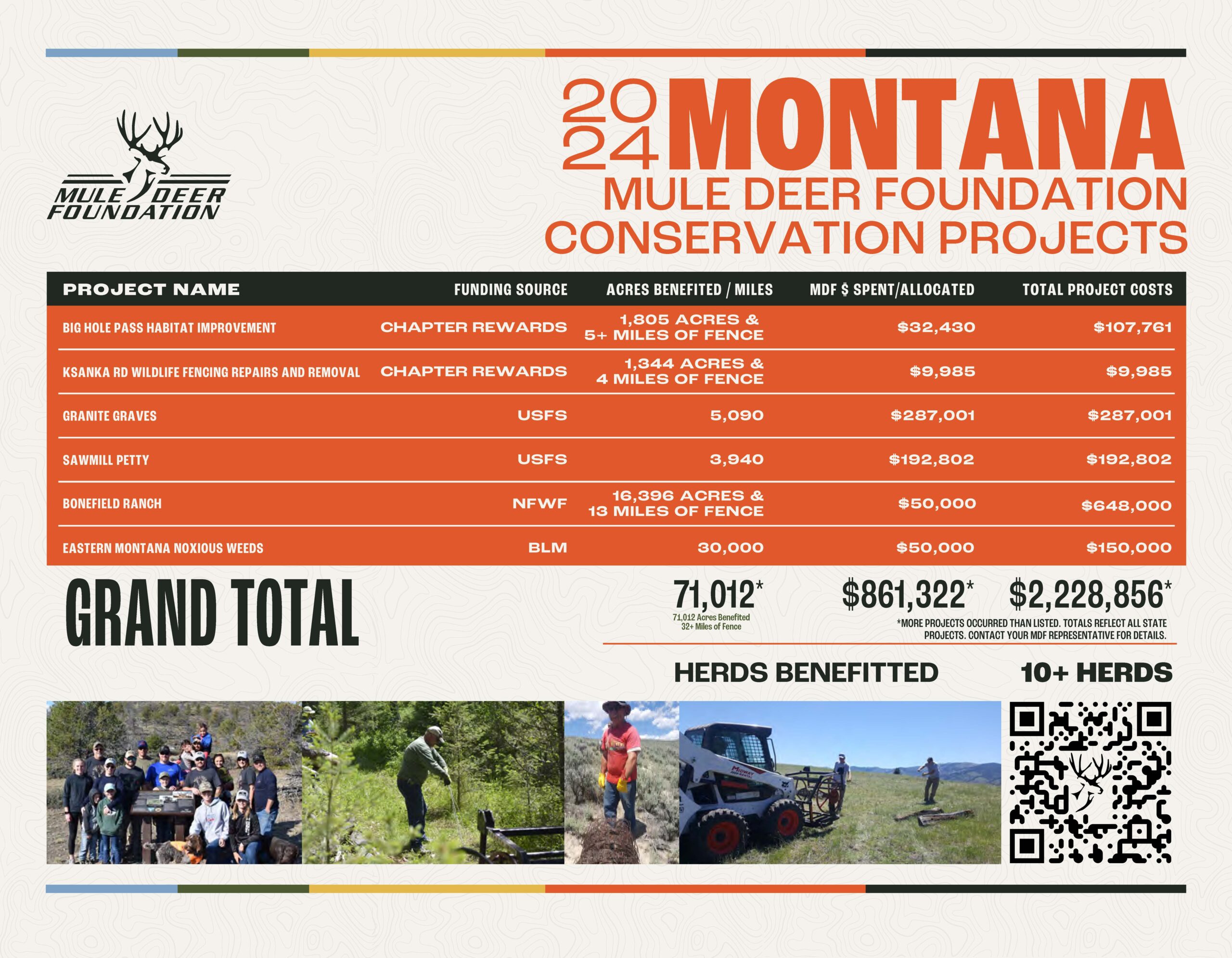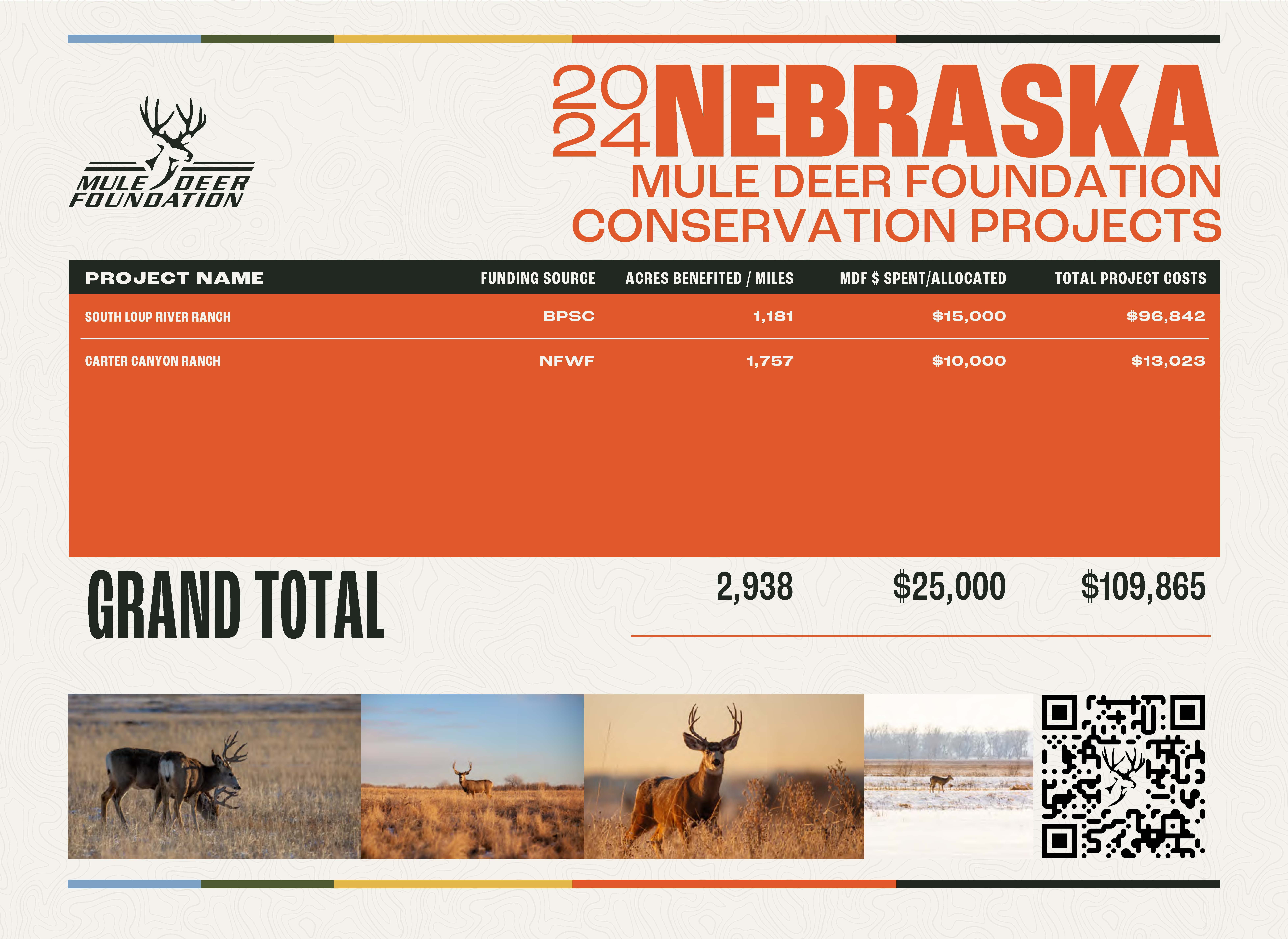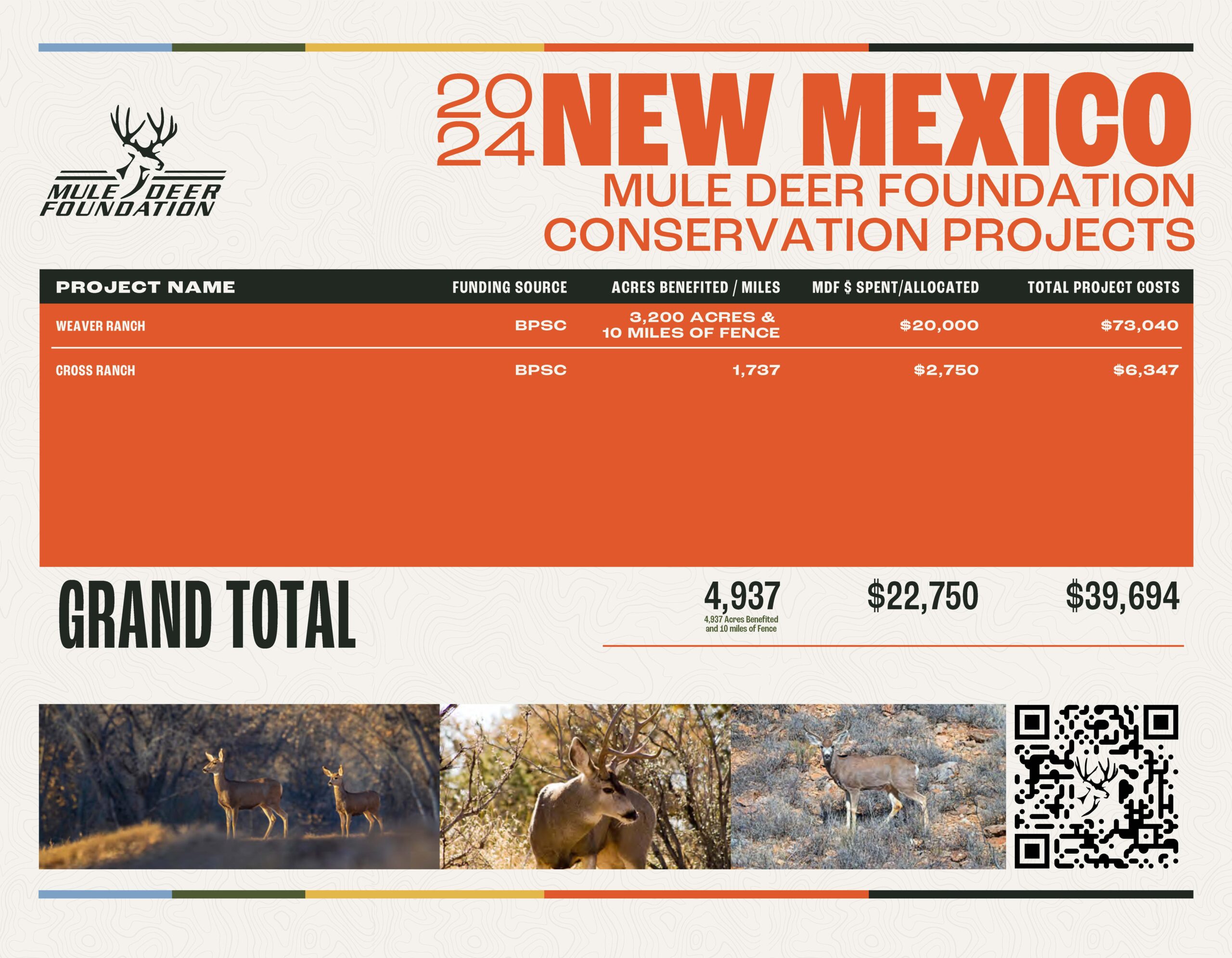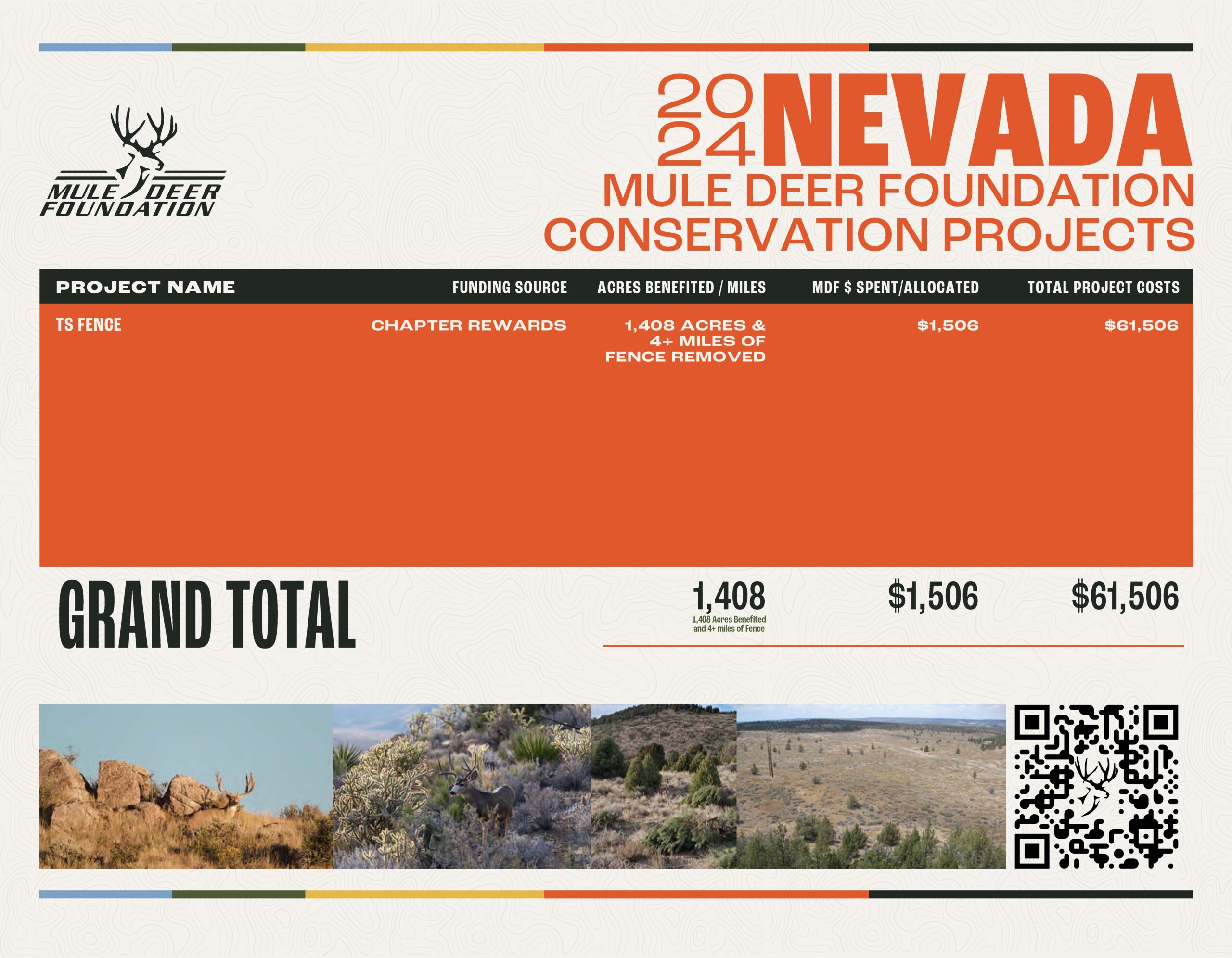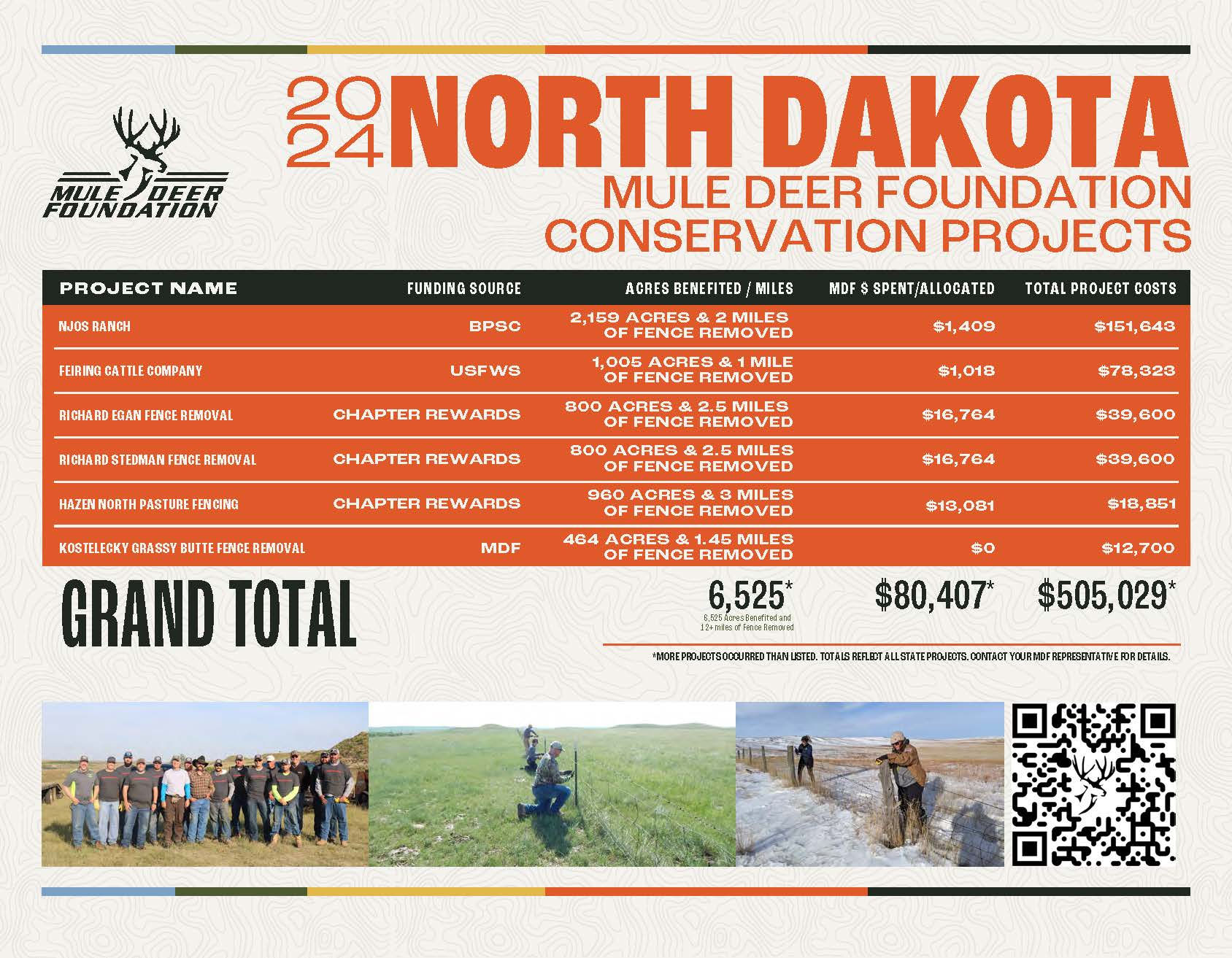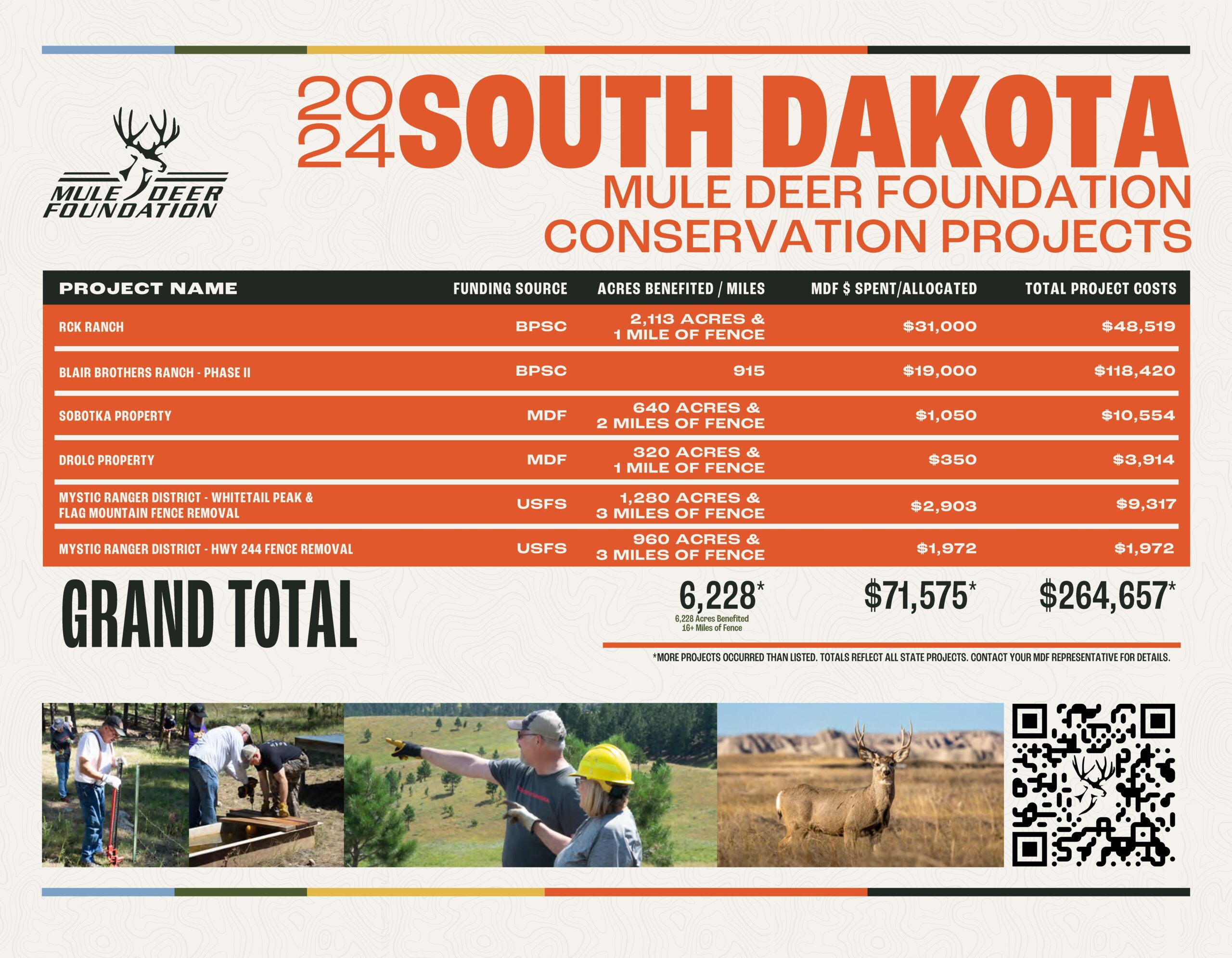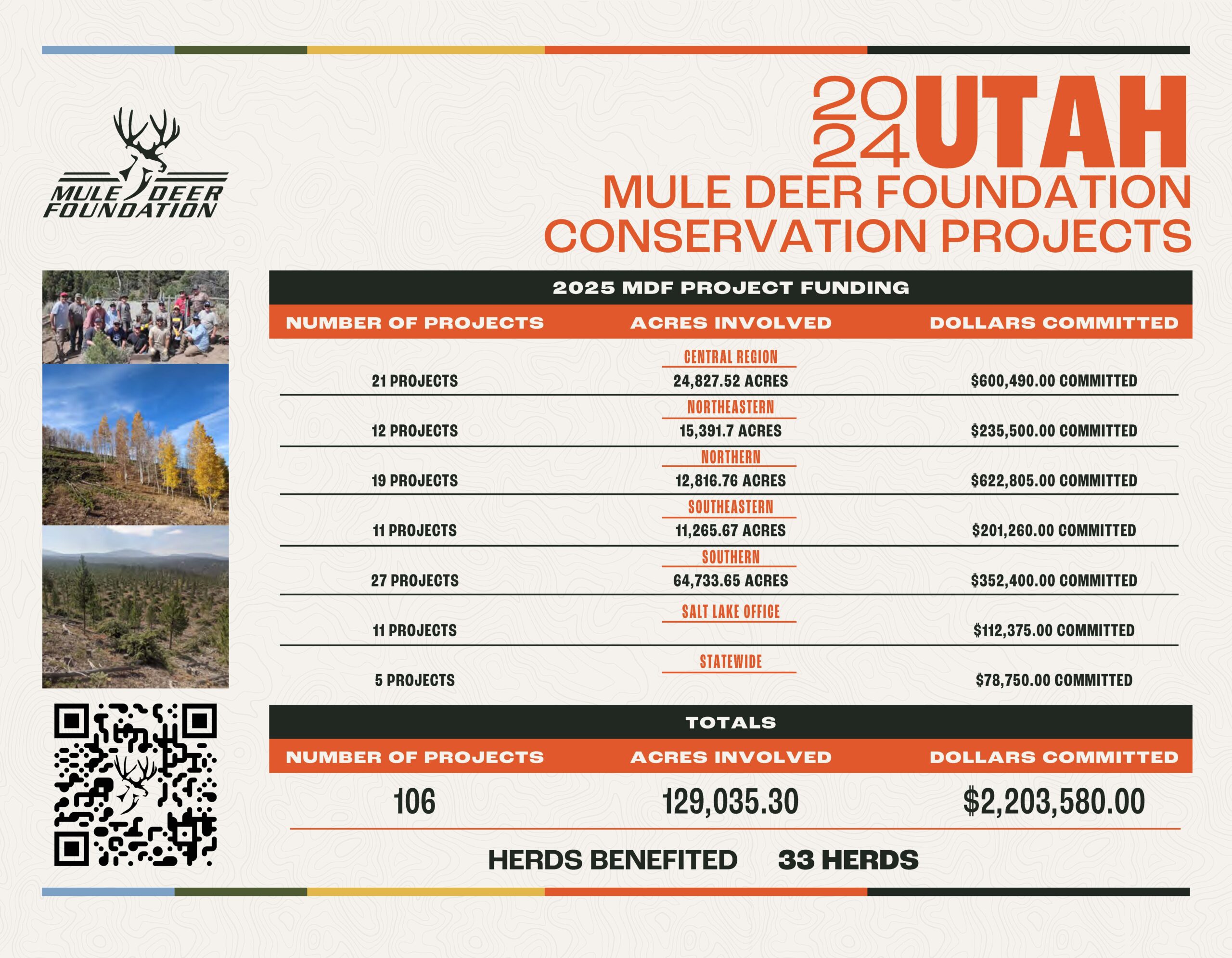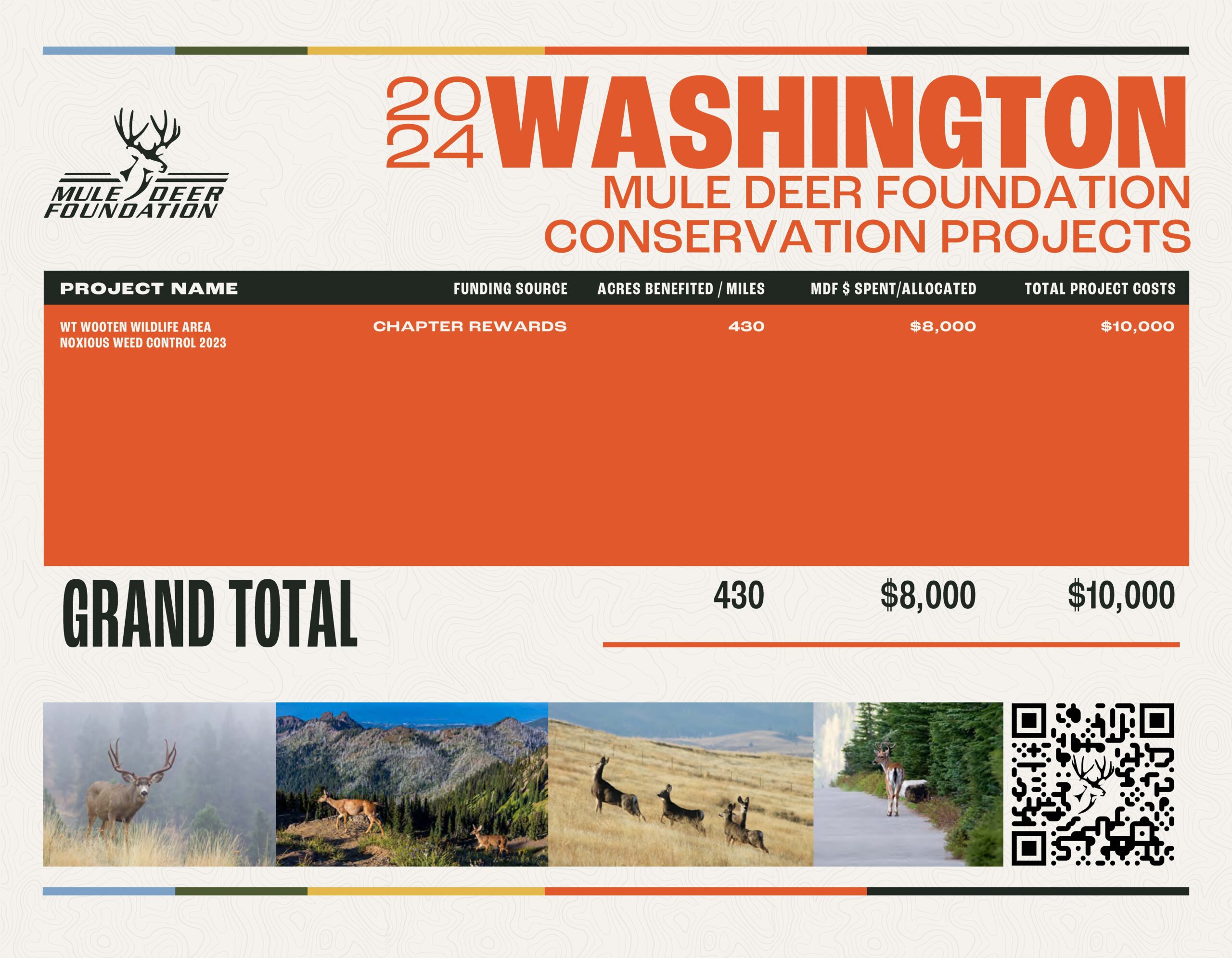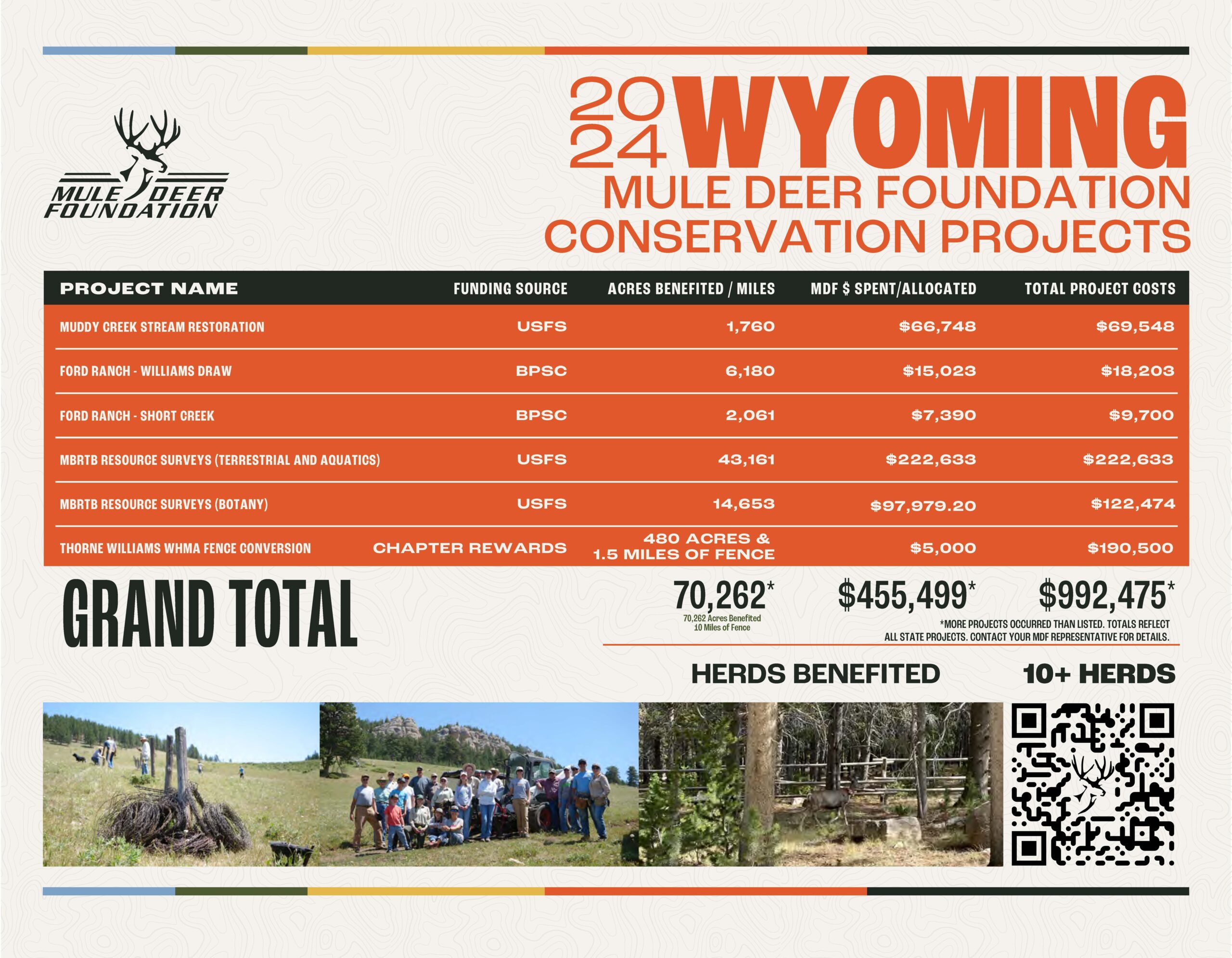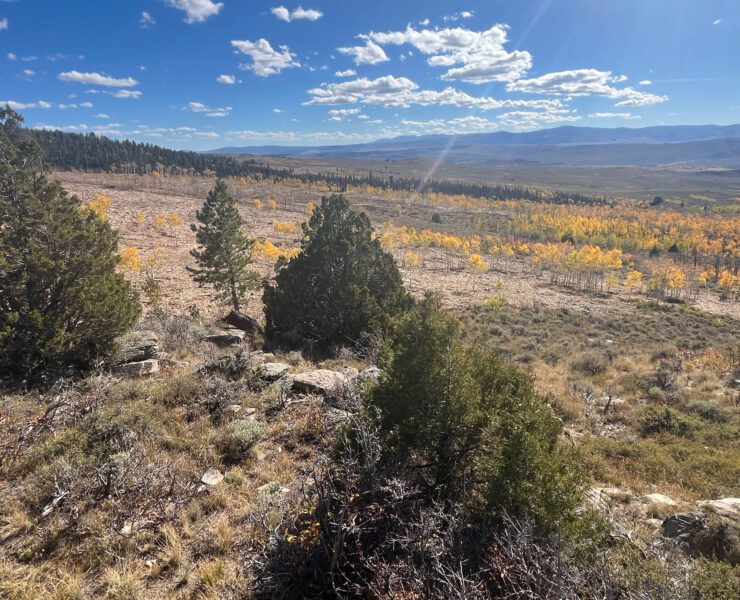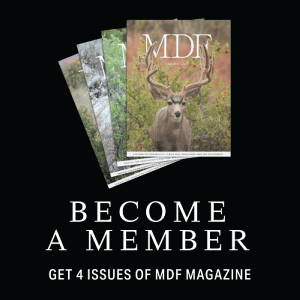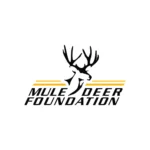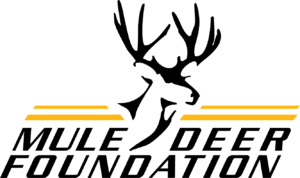
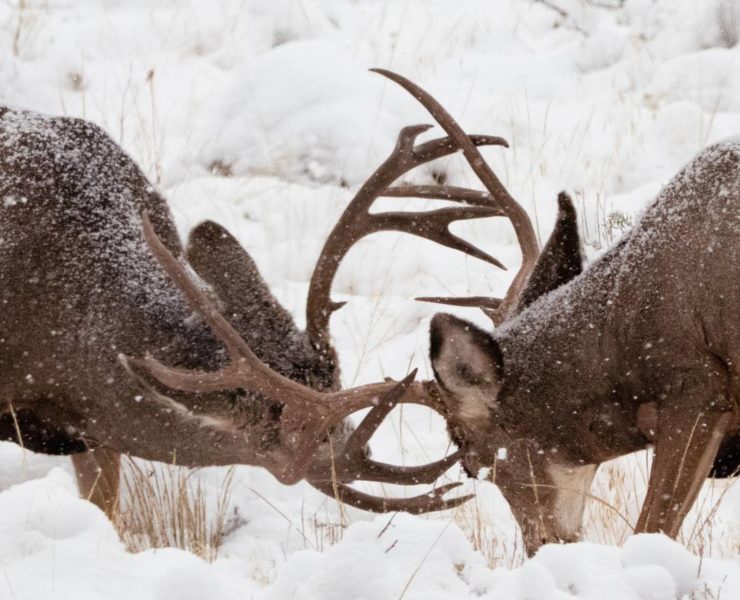
Even though the rut offers a window of opportunity, success still depends on preparation. Start by identifying traditional migration corridors and winter range. In Colorado’s high country or Wyoming’s Red Desert, focus on terrain funnels: saddles, benches, and draws that connect summer and winter habitats. In Utah and Montana, glass south-facing slopes and lower ridges where deer often pause on their way down.
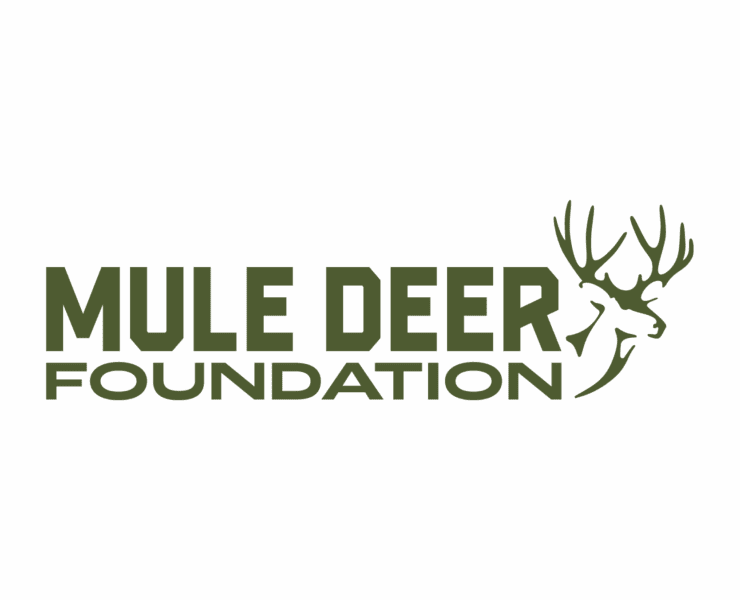
The Mule Deer Foundation (MDF) is seeking a detail-driven Graphic Designer to help tell the story of conservation through compelling digital and print design. You will be responsible for creating assets that mobilize supporters, elevate campaigns, and bring habitat projects to life across ads, email, social, web, events, and print.
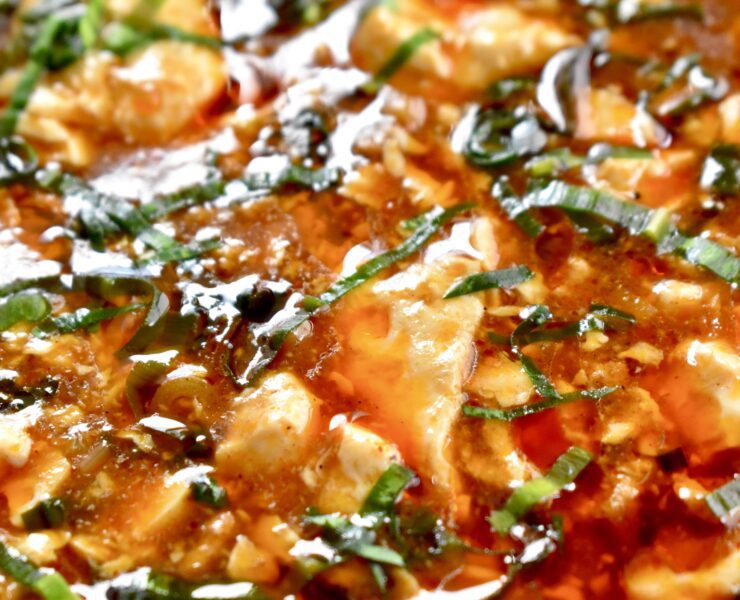
One thing I’ve learned from Eastern cooking is that tofu comes in myriad forms, and each one of those forms plays its own special role. Silken tofu is like a velvety poached egg white, while extra-firm tofu has a texture closer to a brick of cheddar cheese. Smoked tofu can add a special meatiness to dishes, while sweetened custardy tofu can be eaten for a dessert like a pudding. Soft tofu can be cut with a spoon, while dried tofu skins come out more like noodles. Tofu isn’t simply just tofu.
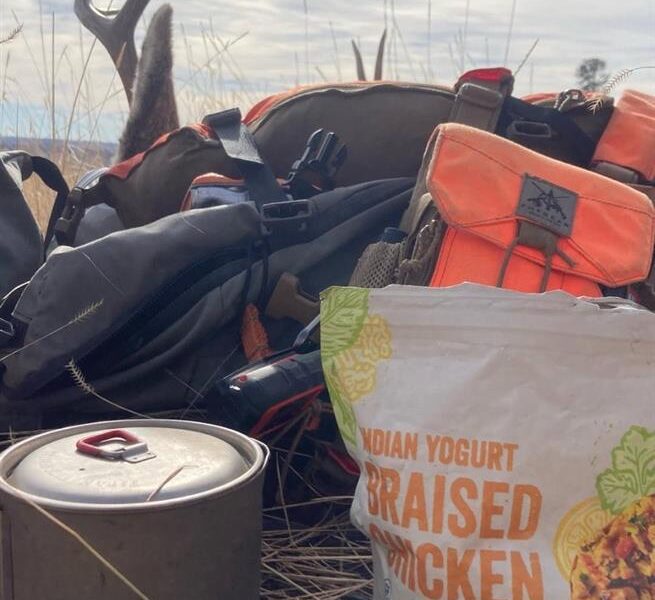
You’ve put in the miles, glassed countless ridges, and finally notched your tag on a backcountry mule deer. Now comes the real work: getting your deer out of the field and back to camp or the truck without wasting meat or injuring yourself. For many hunters, especially those in remote or rugged mule deer country, knowing how to properly quarter and pack out an animal is as critical a skill as shooting straight.
Here’s a step-by-step guide you can follow when the moment of truth arrives.
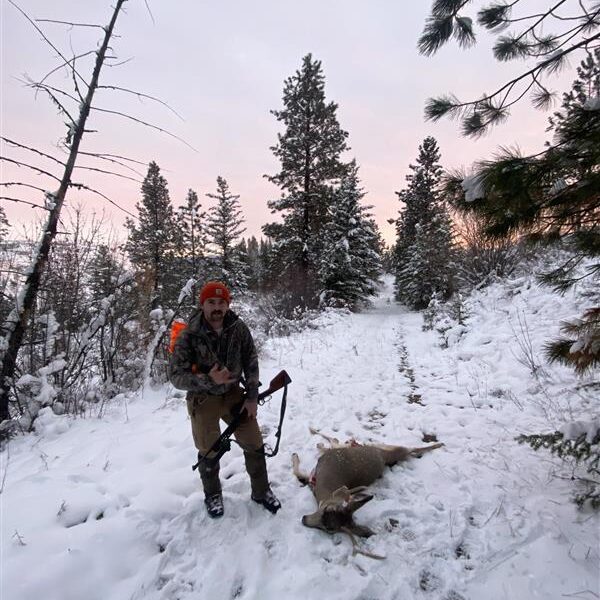
Hunting in the backcountry offers an unparalleled sense of adventure. There’s nothing like the challenge of reaching remote mule deer country under your own power, where success depends on preparation, skill, and self-reliance. But venturing into the backcountry also brings a level of complexity that you won’t encounter at a truck or base camp hunt. Packing the right gear and knowing how to use it can be the difference between a successful hunt and a frustrating, uncomfortable experience.
The Mule Deer Foundation has compiled a comprehensive guide to backcountry packing, combining essential gear, apparel, and trusted brands to help hunters prepare for their next tag pursuit.
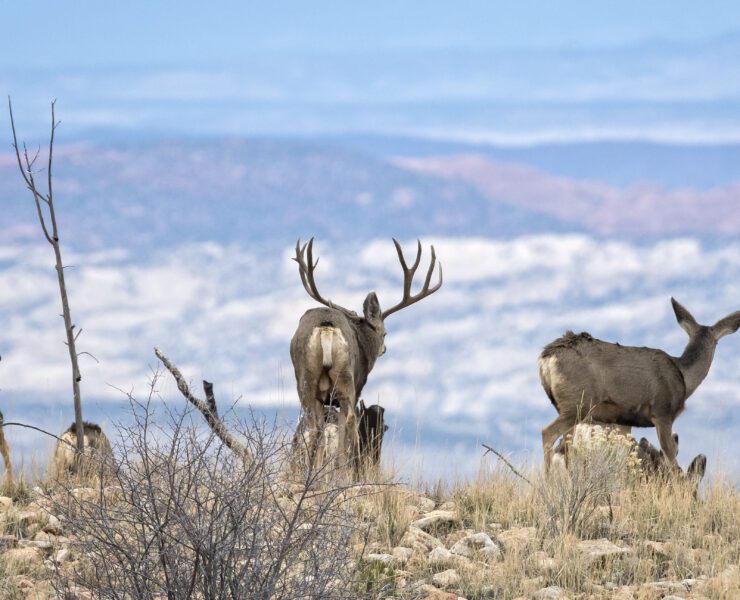
When hunting mule deer, understanding and interpreting the signs they leave behind is one of the most valuable skills you can develop. Tracks, beds, and rubs are clues that tell you not just where deer have been, but also their habits, travel patterns, and even what kind of deer you might encounter. Developing the ability to read sign effectively can turn an ordinary hunt into a successful one.
